Growth of Competitive Racing Events
The Go-Kart Market is benefiting from the increasing organization of competitive racing events, which are drawing enthusiasts and spectators alike. The rise of amateur and professional racing leagues has created a vibrant community around go-karting, fostering a culture of competition. In 2025, the number of sanctioned go-kart racing events is expected to rise by 20%, reflecting the growing interest in this sport. These events not only provide a platform for racers to showcase their skills but also serve as a marketing opportunity for manufacturers and track owners. The excitement surrounding competitive racing is likely to attract new participants, thereby expanding the customer base and driving revenue growth within the Go-Kart Market.
Technological Advancements in Go-Kart Design
The Go-Kart Market is witnessing significant advancements in technology, which are enhancing the performance and safety of go-karts. Innovations such as electric engines, improved battery life, and advanced materials are transforming the design and functionality of go-karts. For instance, electric go-karts are becoming increasingly popular due to their eco-friendliness and lower operational costs. The integration of smart technology, including telemetry systems and real-time performance monitoring, is also gaining traction. These advancements not only improve the racing experience but also attract a more tech-savvy audience. As the market evolves, manufacturers are likely to invest in research and development to create cutting-edge go-karts that meet the demands of modern consumers, thereby driving growth in the Go-Kart Market.
Increasing Popularity of Recreational Activities
The Go-Kart Market is experiencing a notable surge in interest as recreational activities gain traction among various demographics. Families, friends, and corporate groups are increasingly seeking engaging leisure options, and go-karting presents an exhilarating choice. This trend is reflected in the growing number of go-kart tracks and facilities, which have expanded to accommodate this rising demand. In 2025, the number of go-kart tracks is projected to increase by approximately 15%, indicating a robust market growth. The appeal of go-karting lies in its accessibility and the thrill it offers, making it a favored pastime for individuals of all ages. As more people seek out unique experiences, the Go-Kart Market is likely to benefit from this shift towards recreational pursuits.
Rising Interest in Eco-Friendly Transportation Options
The Go-Kart Market is experiencing a shift towards eco-friendly transportation solutions, particularly with the rise of electric go-karts. As environmental awareness grows, consumers are increasingly inclined to choose sustainable options for leisure activities. Electric go-karts, which produce zero emissions and offer quieter operation, are becoming more prevalent in go-karting facilities. This trend aligns with broader societal movements towards sustainability and responsible consumption. In 2025, the market for electric go-karts is projected to grow by 30%, indicating a strong consumer preference for eco-conscious alternatives. As the Go-Kart Market adapts to these changing preferences, it is likely to see continued growth driven by the demand for environmentally friendly recreational options.
Expansion of Go-Karting as a Corporate Team-Building Activity
The Go-Kart Market is increasingly recognized as a viable option for corporate team-building activities. Companies are seeking unique and engaging ways to foster teamwork and camaraderie among employees, and go-karting offers an exhilarating environment for such initiatives. The interactive nature of go-kart racing encourages collaboration and communication, making it an attractive choice for organizations. In 2025, it is anticipated that corporate bookings for go-karting events will increase by 25%, highlighting the growing trend of using recreational activities for team development. This shift not only benefits the go-karting facilities but also enhances the overall appeal of the Go-Kart Market as a multifaceted entertainment option.


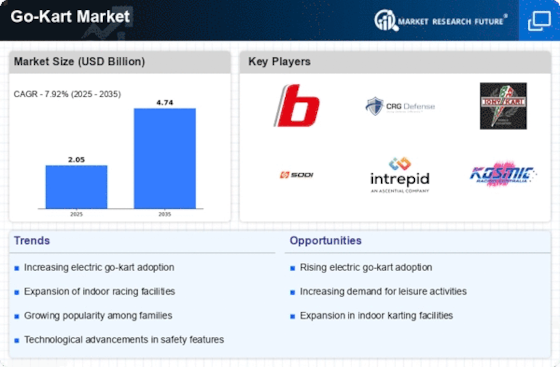
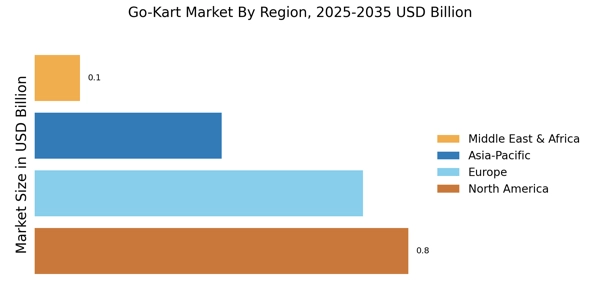

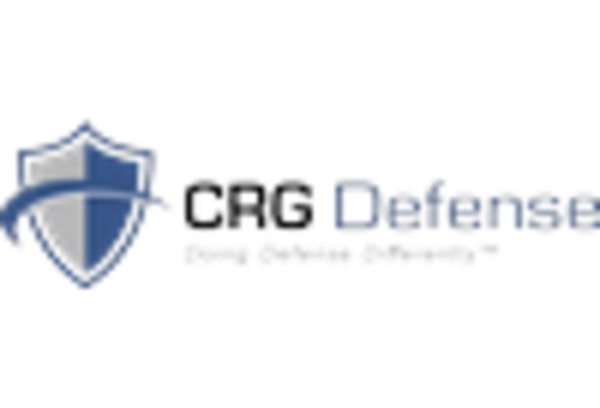
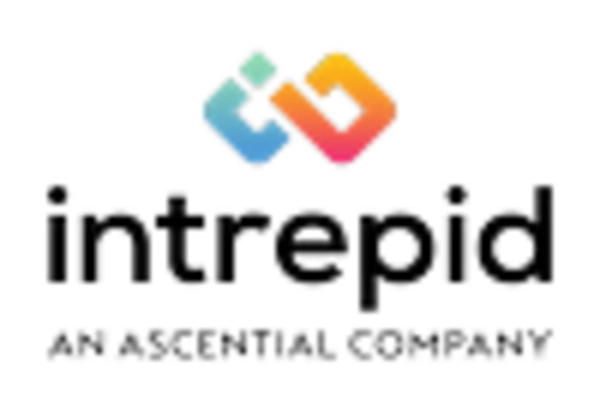

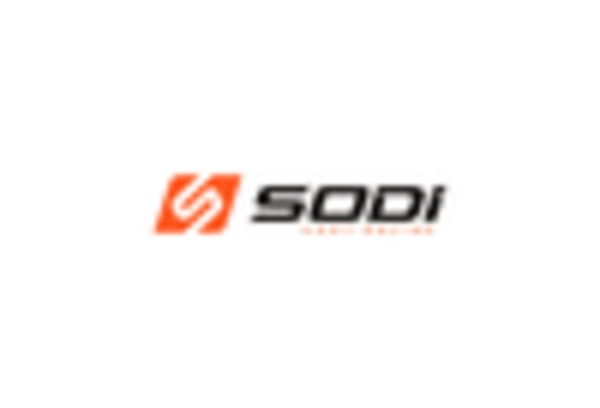
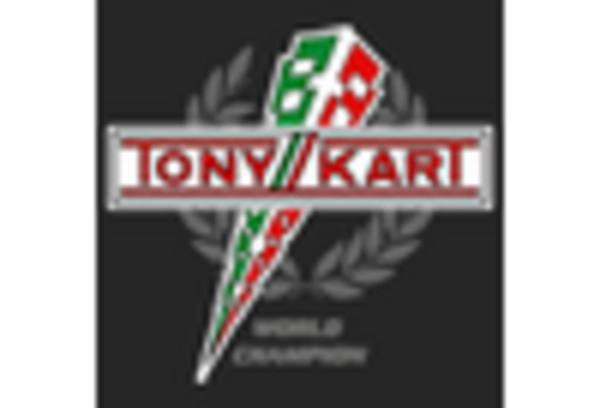








Leave a Comment